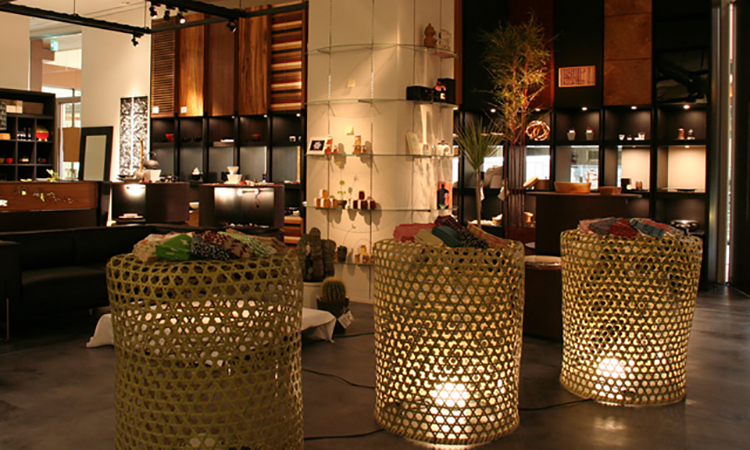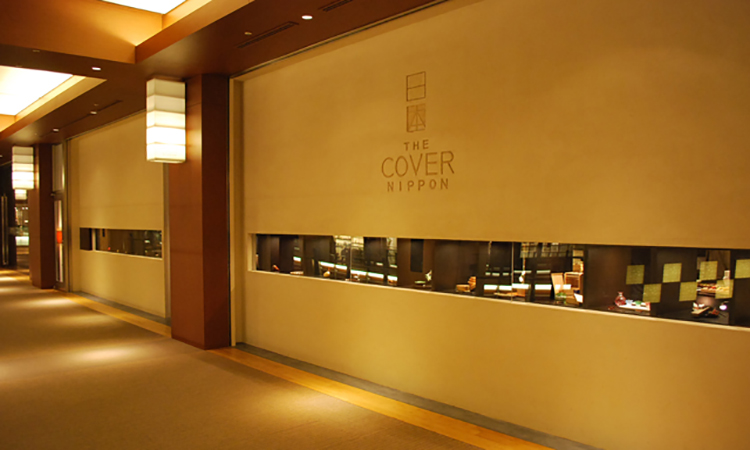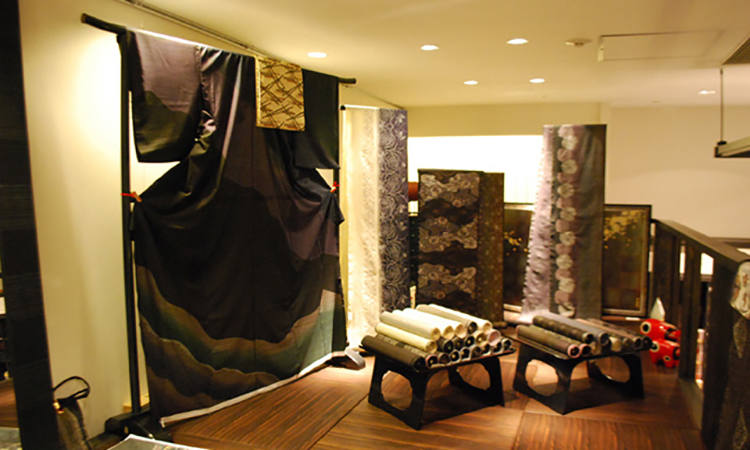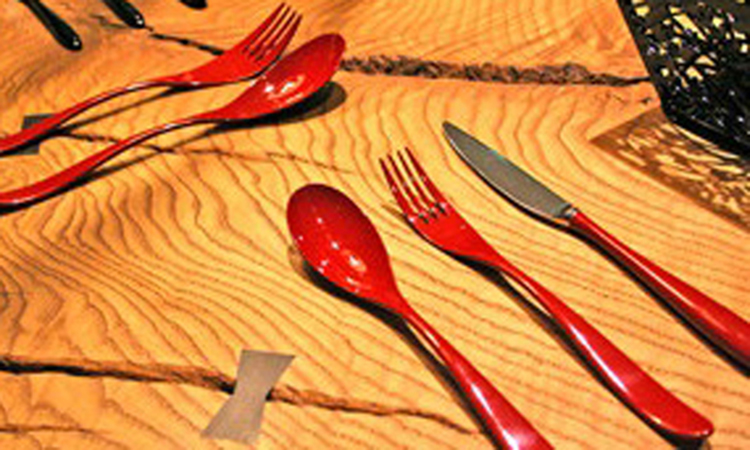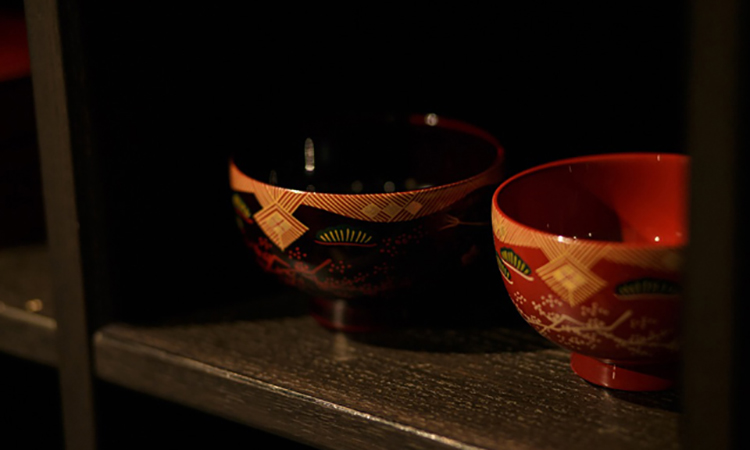Overview
In Roppongi – where people and cultures of the world intersect – under the concept of “A New Japanese Style Born of Creativity and Intellect,” we’ve opened a lifestyle shop featuring the latest basic lifestyle items with an emphasis on materials, design, equipment, craftsmanship and environment.
”Made in Japan”
THE COVER NIPPON shines the spotlight on beautiful items from around the country as well as examples of exquisite craftsmanship in the regional areas, with the hope of contributing to the further development of local craftsmen.
The present state of Japanese goods
Under the theme, “The present state of Japanese goods,” we look at products that have evolved with the times, as well as products developed through local projects, that we want to share with the world.
Gift Wrapping Paper
Just like gift wrapping paper, which adorns items worth 1,000 yen as well as more expensive items, we handle items from regionally produced items as well as those from major manufacturers to satisfy as many of you as possible when you visit our shop.
We’ve opened THE COVER NIPPON NEW YORK in the SoHo area of Manhattan so that we can share Japan’s artisanal techniques and exquisite lifestyle with the world.
Attendees
With a focus on Japan, in order to enhance understanding of the spirit of Japanese craftsmanship and rich lifestyle culture behind the many beautiful items made in Japan, we’ve designed the shop so that our items – made using elements of the earth, including soil, wood, paper and lacquer – shine subtlely, and we also change displays according to the seasons.
Unlike the West, where people demand unchanging beauty, Japan has accepted the changes visited upon it. Prime examples are fabric that has changed in color over time, and ancient ceramic pieces that have begun to show cracks and wear. While experiencing the appreciation for beauty that is uniquely Japanese, we hope you will also appreciate the endeavoring spirit of craftsmen who skillfully merge past and future to create the products of today.
When we speak of the Japanese sensitivity with regard to the four seasons, one subject that naturally comes up is clothing. Colored patterns and materials that emphasize natural features, seasonal apparel resulting from different tailoring methods. An example of Japan’s high regard for preservation is evident in the unstitching of “kimono” and the reuse of the fabric so clothing may be passed from one generation to the next.
*We have English-speaking people on staff.


